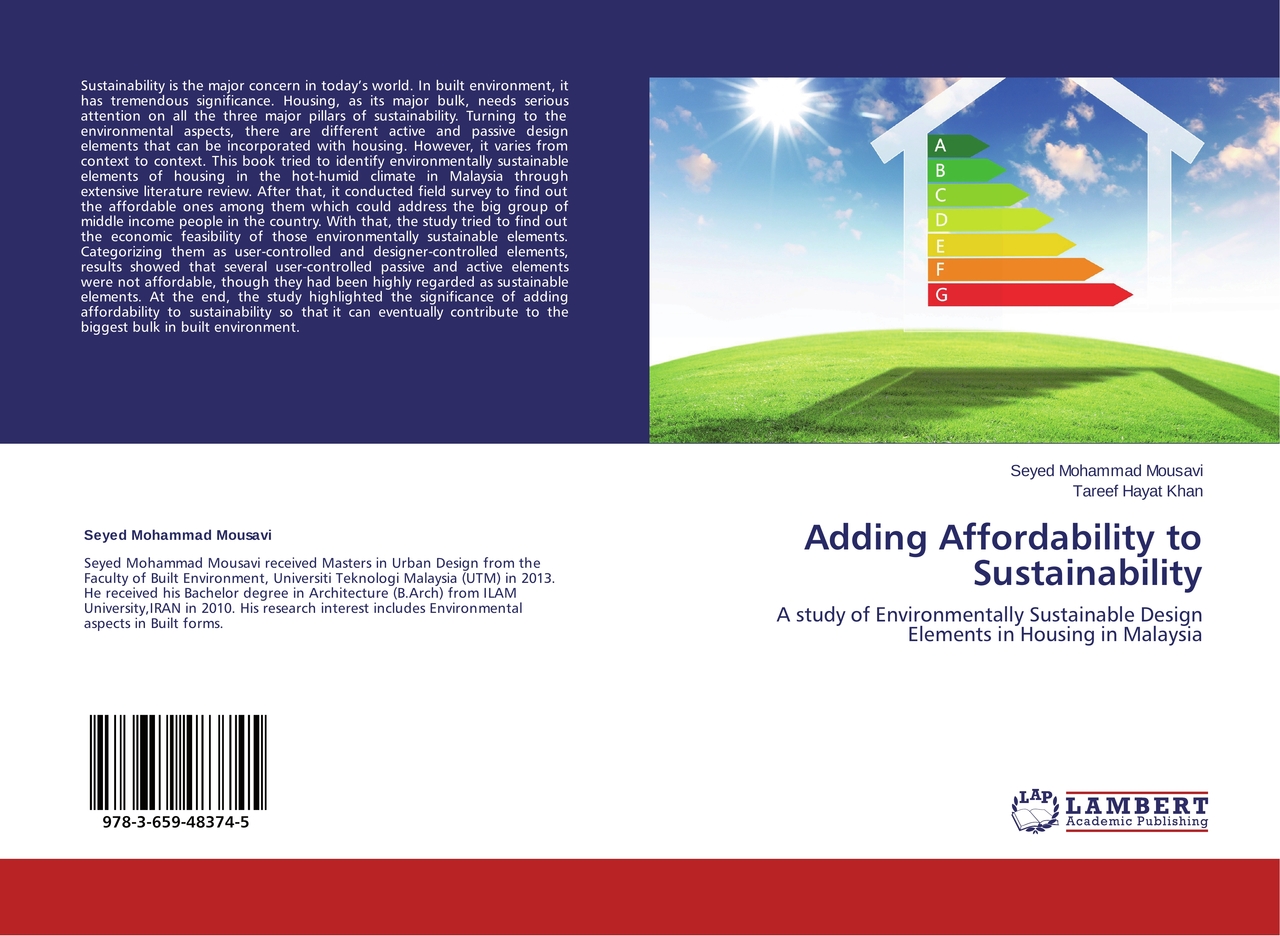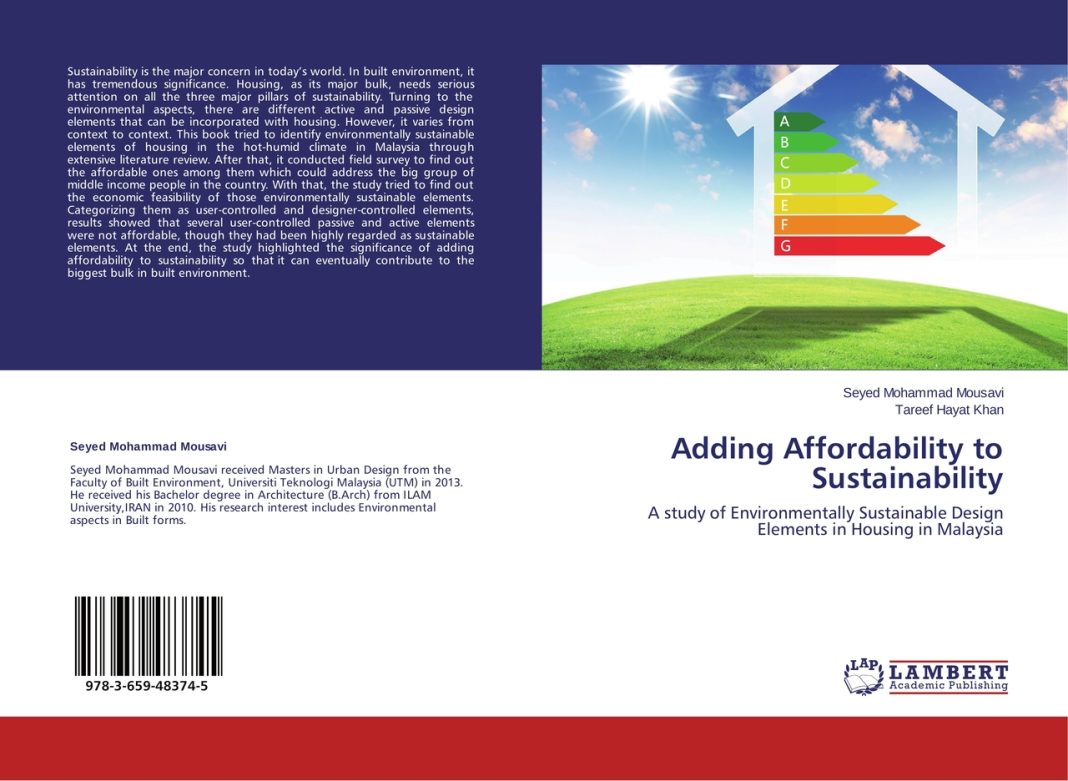 Maintaining Affordability and Driving Growth: Walmart’s Approach to Inflation
Maintaining Affordability and Driving Growth: Walmart’s Approach to Inflation
Introduction:
Walmart recently reported a strong second quarter and updated its fiscal year 2025 outlook. Inflation has been a challenge for businesses this year, and during their earnings call, Walmart’s leadership emphasized their approach to maintaining affordability while driving growth. Let’s delve into their strategies and outlook for the future.
Navigating Inflation and Providing Value:
Walmart’s CEO, Doug McMillon, highlighted the company’s commitment to delivering value to customers in the face of inflation. While fresh food prices have adjusted based on supply and demand, processed foods and consumables have experienced persistent inflation. However, McMillon stated that Walmart is actively pushing back against suppliers requesting cost increases, aiming to avoid passing higher costs on to consumers. The company’s focus is on protecting its bottom line while ensuring that customers can still access affordable products.
Revised Outlook Amid Inflation Slowdown:
Despite the inflationary challenges, Walmart remains optimistic. The latest economic data indicates a slowdown in inflation in the United States, prompting the company to revise its outlook positively. Walmart now expects its total sales to grow by approximately 3.75-4.75 percent for the fiscal year, up from the previous projection of 3.0-4.0 percent. Additionally, the company anticipates a profit increase of about 6.5-8.0 percent, an improvement from earlier estimates of 4.0-6.0 percent.
Deflationary Trends Provide Relief:
The second quarter brought some relief for Walmart as slight deflationary trends were observed in both the U.S. and Sam’s Club segments. This offered respite in specific categories, with Walmart U.S. food prices slightly deflated compared to the first quarter. While inflation remains an ongoing concern, these deflationary trends signal a positive development for the company.
The Rollback Program and Private Brands:
To combat inflation and continue providing affordable options to customers, Walmart has implemented an extensive “rollback” program. This program has been well-received, with over 7,200 rollbacks across various categories in Walmart U.S. This ongoing effort to offer more affordable options has resonated with customers, contributing to Walmart’s growth. Additionally, the company has seen increased demand for its private brands, reflecting a broader trend of customers seeking quality at lower prices.
International Growth and E-commerce:
Walmart’s international business has also experienced growth, with net sales up by 7.1 percent and operating income rising by 14.3 percent. Strong performances in markets like Mexico, India, and China, coupled with an 18 percent increase in international e-commerce sales, have contributed to this growth. Walmart’s international segment continues to be a valuable contributor to the company’s overall sales and profit growth.
Future Challenges and Investments:
While Walmart remains cautiously optimistic about inflation, the company recognizes the ongoing challenges it poses. McMillon acknowledged that while fresh food prices have shown some flexibility, processed food prices may not decline significantly further. In anticipation of future challenges, Walmart is investing in automation using artificial intelligence, supply-chain optimization, and e-commerce. These investments aim to reduce costs and improve efficiency, allowing the company to pass on savings to customers.
Conclusion:
Walmart’s strong second-quarter performance and revised fiscal year 2025 outlook demonstrate the company’s ability to navigate inflationary challenges while prioritizing affordability for customers. Their commitment to pushing back against cost increases and providing affordable options through programs like “rollback” has resonated with consumers. Additionally, Walmart’s international growth and investments in automation and e-commerce position the company to adapt to future challenges and continue delivering value to customers.


